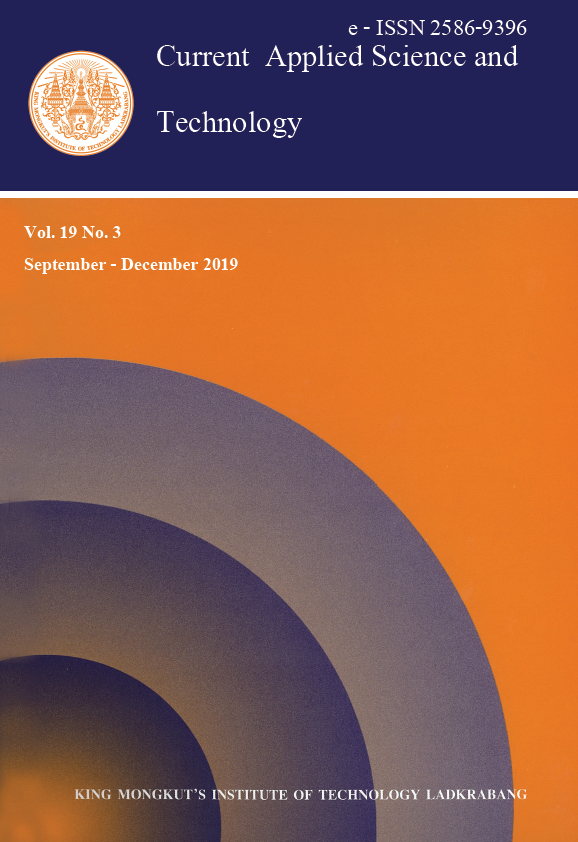Organic fertilizers are used as a main source of plant nutrients in organic food production. A better understanding on the responses for the physiological traits of rice to the application of organic fertilizers is essential for organic rice production. The aim of this study was to determine the effect of organic fertilizer on physiological traits, yield components and total phenolic content of two landrace rice varieties, i.e Leam Phu and Hom Dong. A 2×3 factorial experiment in randomized complete block design with three replications was undertaken under field condition during July 2018 to December 2018. Two rice varieties were assigned as factor A and three fertilizers were assigned as factor B. Data were collected for crop growth rate (CGR) at tillering to panicle initiation stage. Leaf area index (LAI) was collected at 60, 90 and 120 days after transplanting (DAT). Agronomic traits including number of tiller per plant, plant height, number of panicle per plant, one thousand seed weight, grain yield and total phenolic content were collected at appropriate times. Fertilizers showed significantly different effect on CGR and LAI. Although chemical fertilizer gave the highest grain yield (2,572.6 kg/ha), it was not significantly higher than organic fertilizer (2,100 kg/ha). Leam Phu gave higher total phenolic content than Hom Dong at all fertilizers applied without significant difference.
Keywords: fertilizer types; crop growth rate; polyphenol; yield components
*Corresponding author: E-mail: chorkaew.an@kmitl.ac.th
Rodnuch, N. ., Phongsri, S. ., & Aninbon*, C. . (2019). Responses of Landrace Rice to Organic Fertilizer for Physiological Traits, Grain Yield and Total Phenolic Content. CURRENT APPLIED SCIENCE AND TECHNOLOGY, 297-305.
